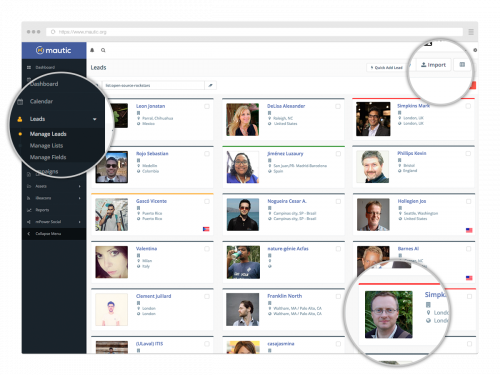Machine learning is rarely mentioned in the same sentence (or article, for that matter) with PHP, so each time this happens, I’m all ears. Here’s one that I came across recently – How to Analyze Tweet Sentiments with PHP Machine Learning.
Unlike many other “hello world” kind of examples, this article examines a real and quite common problem, which can be easily adopted to other similar problems – SPAM filtering, marketing segmentation, fraud detection, etc.

